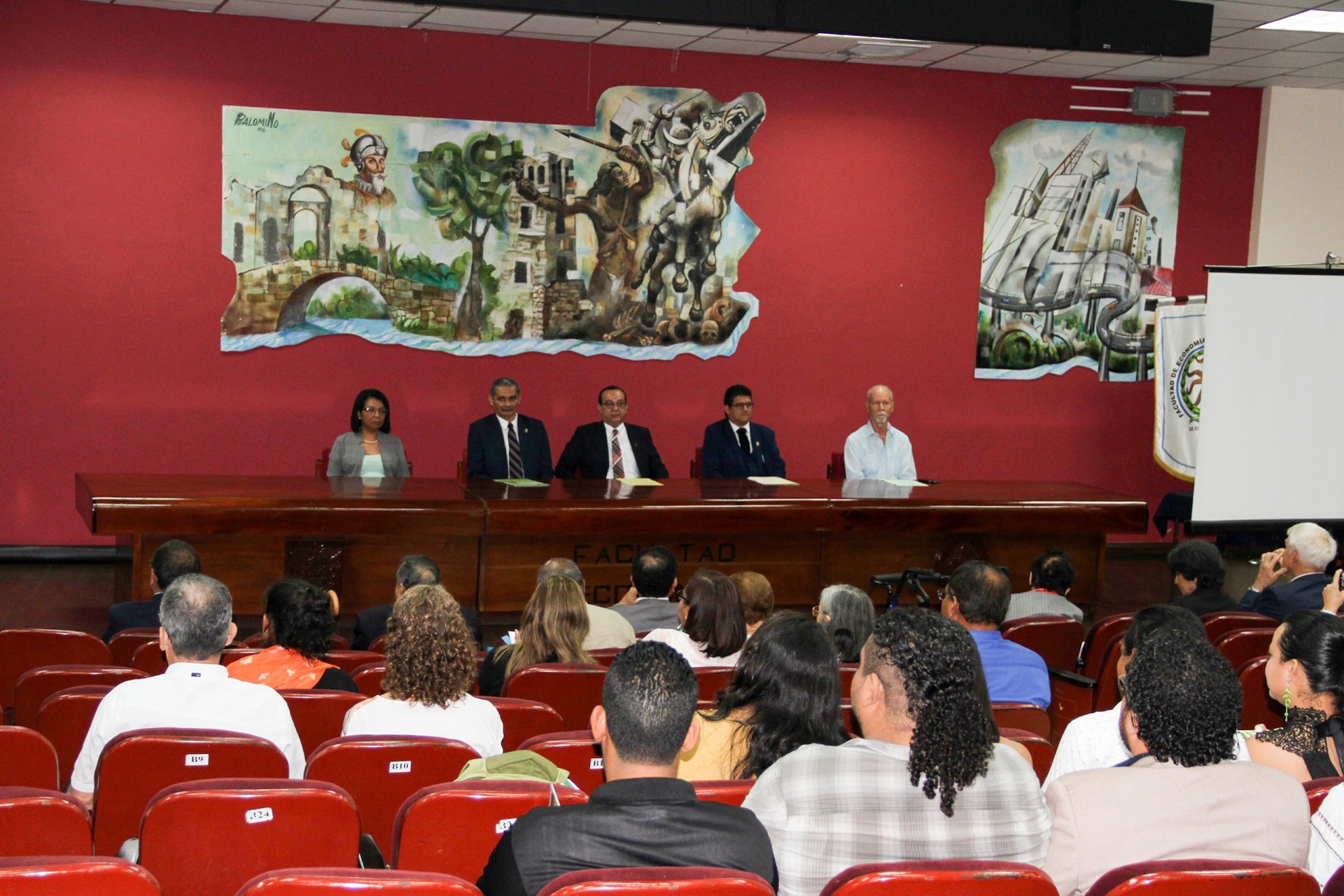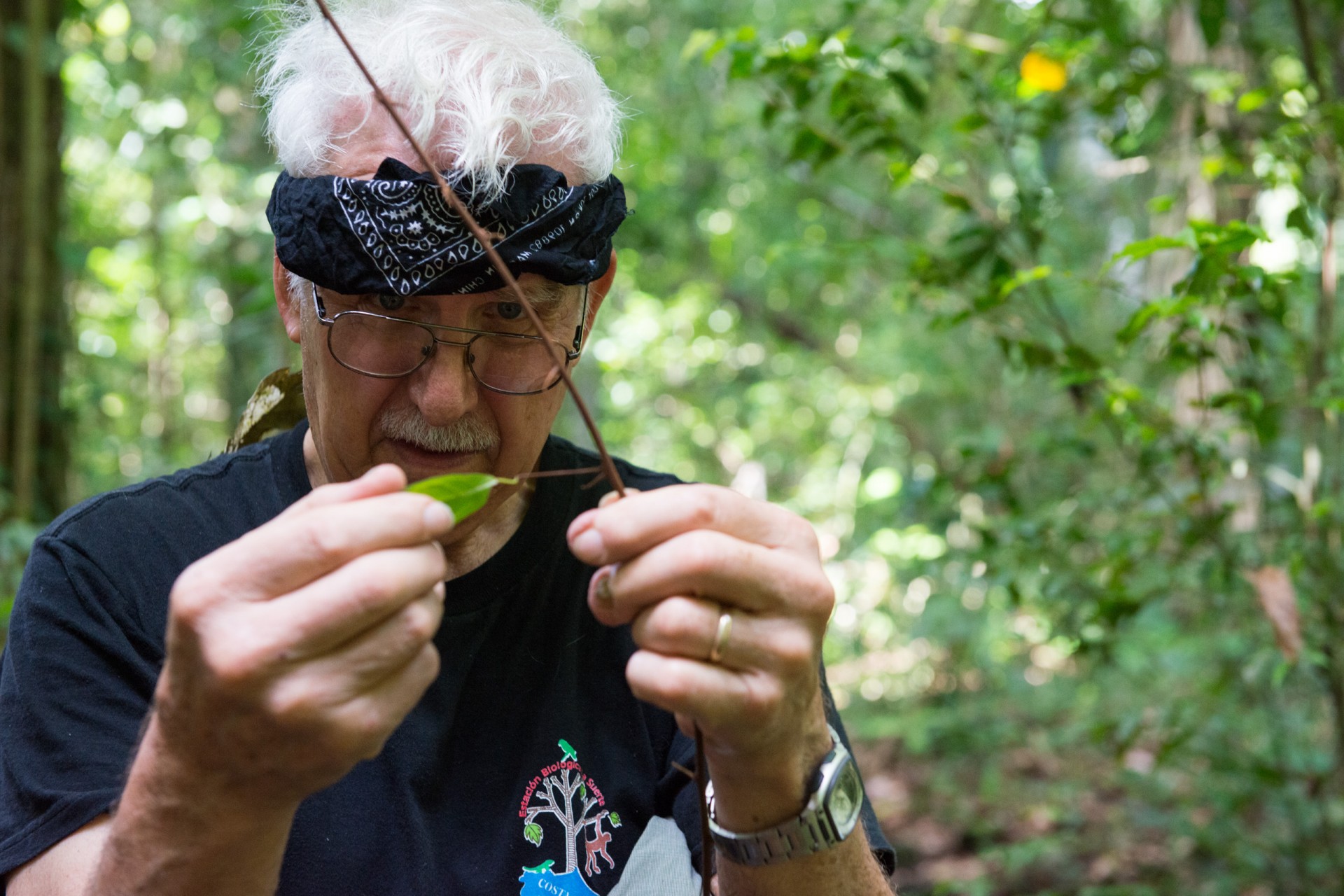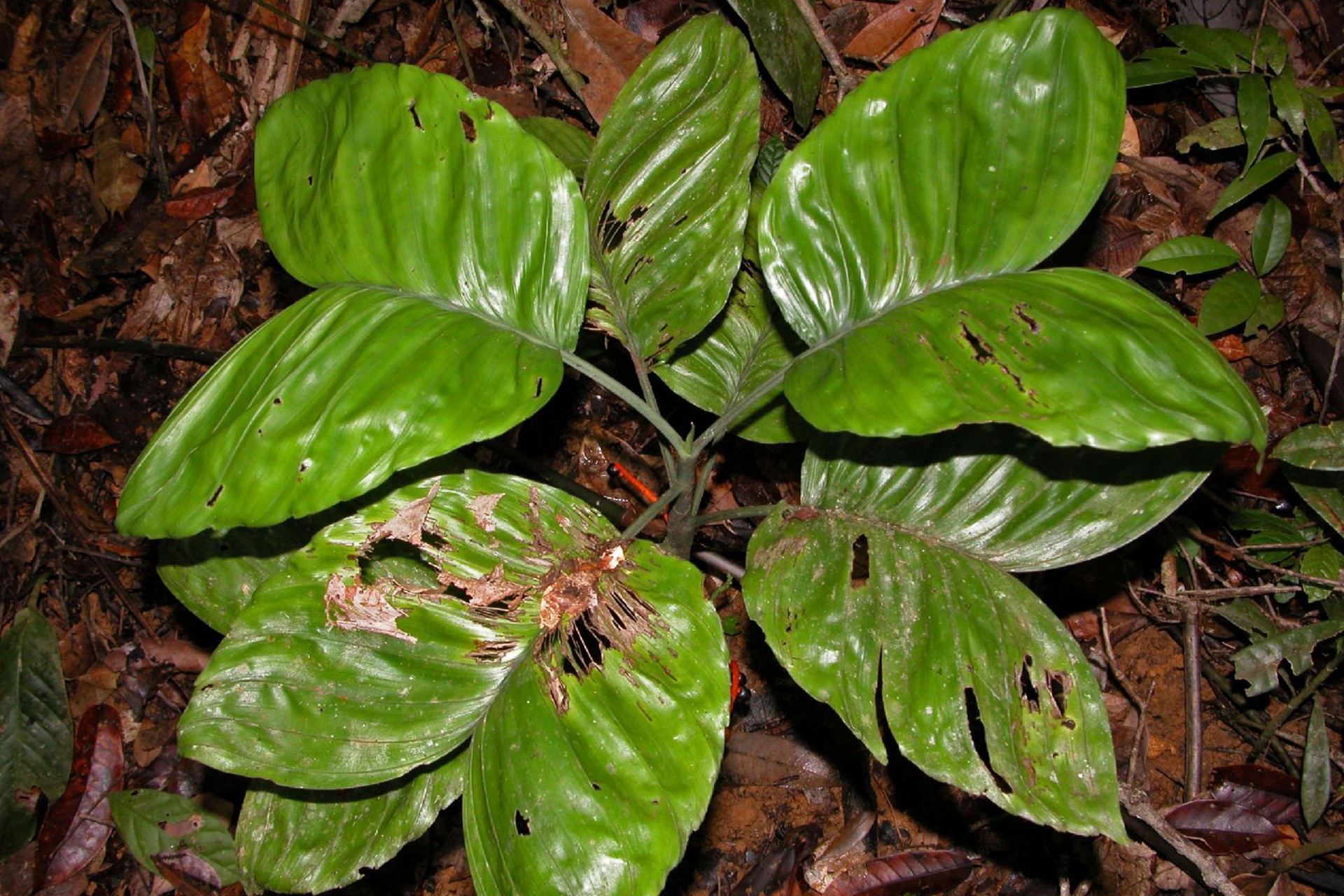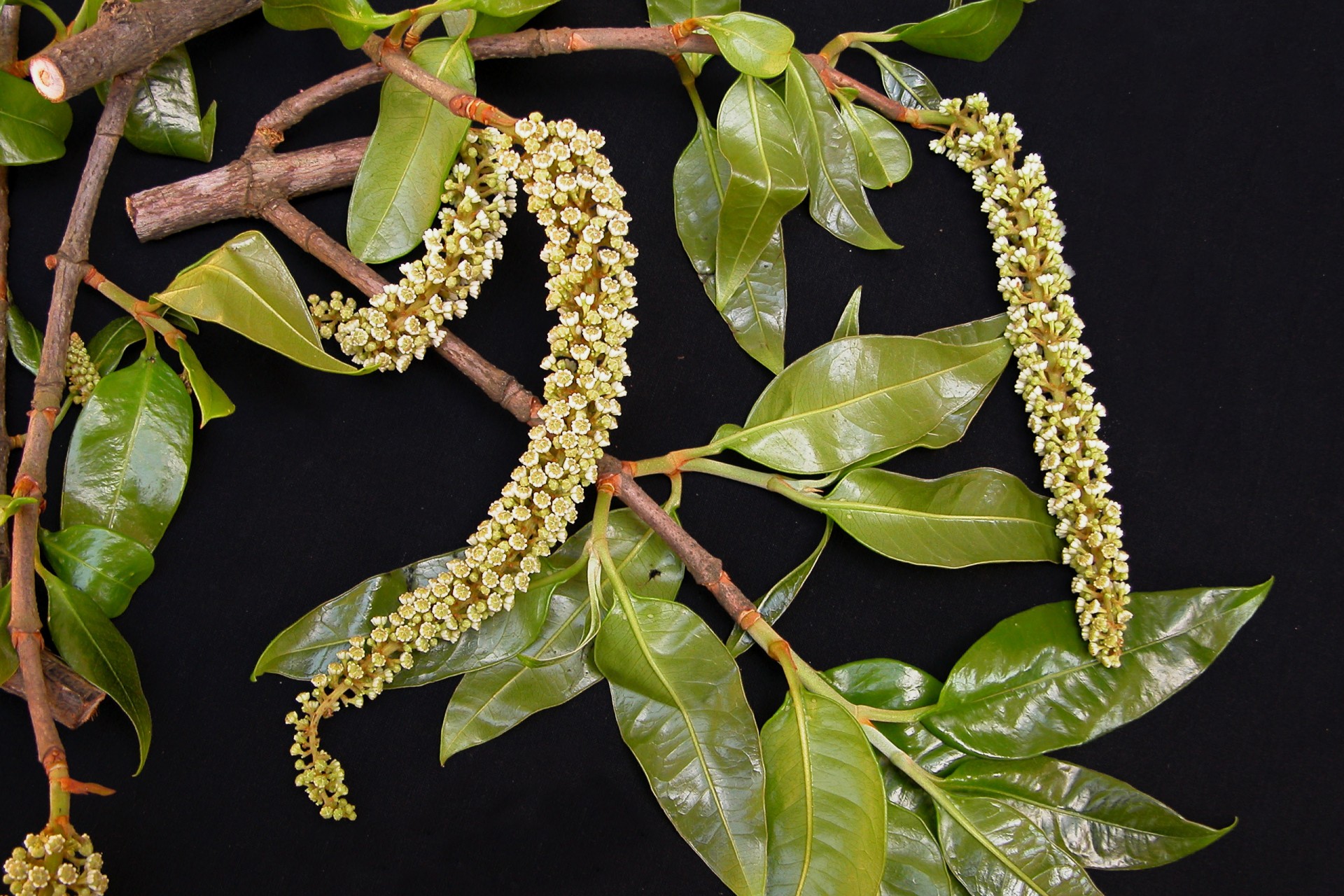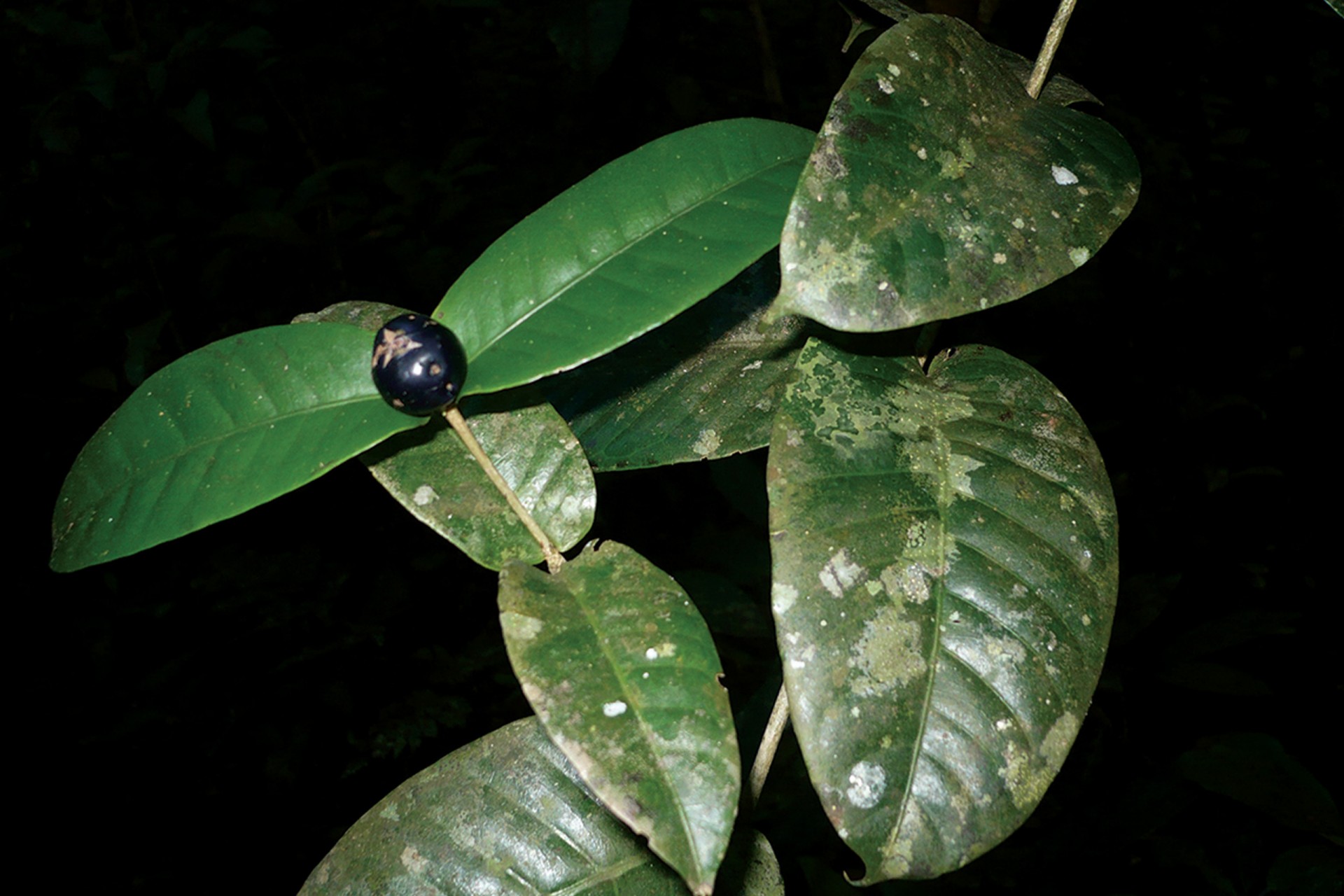PMA
The University of Panama Hosts Symposium to Celebrate the 50th Anniversary of the Herbarium, an important component of one of the principal institutions of higher education in the country
This major achievement is the result of years of work by a coordinated team at the University and dedicated, long-term support from local and international institutions.
During the month of September, the José Dolores Moscote Auditorium at the University of Panama was the site of a two-day symposium to honor botanists and taxonomists who preserved and documented Panama’s flora for half a century.
“The University of Panama Herbarium is the largest public collection of plants in the nation and constitutes a national patrimony because it preserves reference specimens and is a material catalog of the diversity of Panamanian flora," said Dr. María Sánchez de Stapf, Herbarium director.
“Today, the collection contains more than 134,000 species of plants, algae, fungi and lichens cured and preserved according to international standards and also represents the remarkable diversity of specific areas such as Fortuna, Bayano, the Panama Canal Basin and Donoso areas in Colón,” said University of Panama rector, Dr. Eduardo Flores Castro.
The University of Panama Herbarium’s diverse collection reflects the meticulous preparation and careful curation of plant specimens collected throughout the country and identified through years of consultation and collaboration between Panamanian experts and experts at museums and institutions around the world. The Herbarium provides essential protection from an environment where mold, insects and high humidity present monumental challenges.
"Each year our collection increases by approximately 4 thousand botanical specimens, resulting from new collections and the ongoing exchange of specimens between national and international herbaria. The oldest material in this herbarium was collected in 1923, on the road from Bugaba to Volcán [in western Panama]," Stapf added.
The event included recognition of the meritorious roles played by Dr. Mireya Correa and Dr. Noris Salazar, both staff scientists at the Smithsonian Tropical Research Institute (STRI) and formerly professors at the University. Dr. Correa, Staff Scientist at the Institute since 1987, directed the herbarium for more than 40 years from its inauguration in 1968 until 2016.
Dr. Salazar created and managed a large, very complete bryophyte collection for many years. She, herself, has contributed more than 20,000 specimens to the collection.
Both professors were responsible for training many of Panama’s professional plant taxonomists. "Our profound understanding of plant diversity in Panama would impossible without their dedication," STRI director Matthew C. Larsen, said at the event.
In addition to contributing to floristic, ecological, taxonomic and other studies, the herbarium is also an important resource for the identification of natural products, such as pharmaceuticals and for the creation of lists of flora needed to justify the conservation of Panama’s protected areas.
"The herbarium at the University of Panama offers support services to national and international scientists and students of various disciplines,” emphasized Raúl Carranza, dean of the Faculty of Natural Sciences and technology.
Local and visiting taxonomists including Jorge Mendieta, José de Gracia, Marco Cedeño, Dr. Pedro Díaz, Dr. Riccardo Baldini, Dr. Heiko Hentrich and Dr. Tom Croat (Missouri Botanical Gardens, and author of the Flora of Barro Colorado Island (1978)) presented talks at the symposium.
Panama has a total of three herbaria including that of the University of Panama, the other two are: The Herbarium of the National Autonomous University of Chiriqui and the Herbarium of the Smithsonian Tropical Research Institute.

